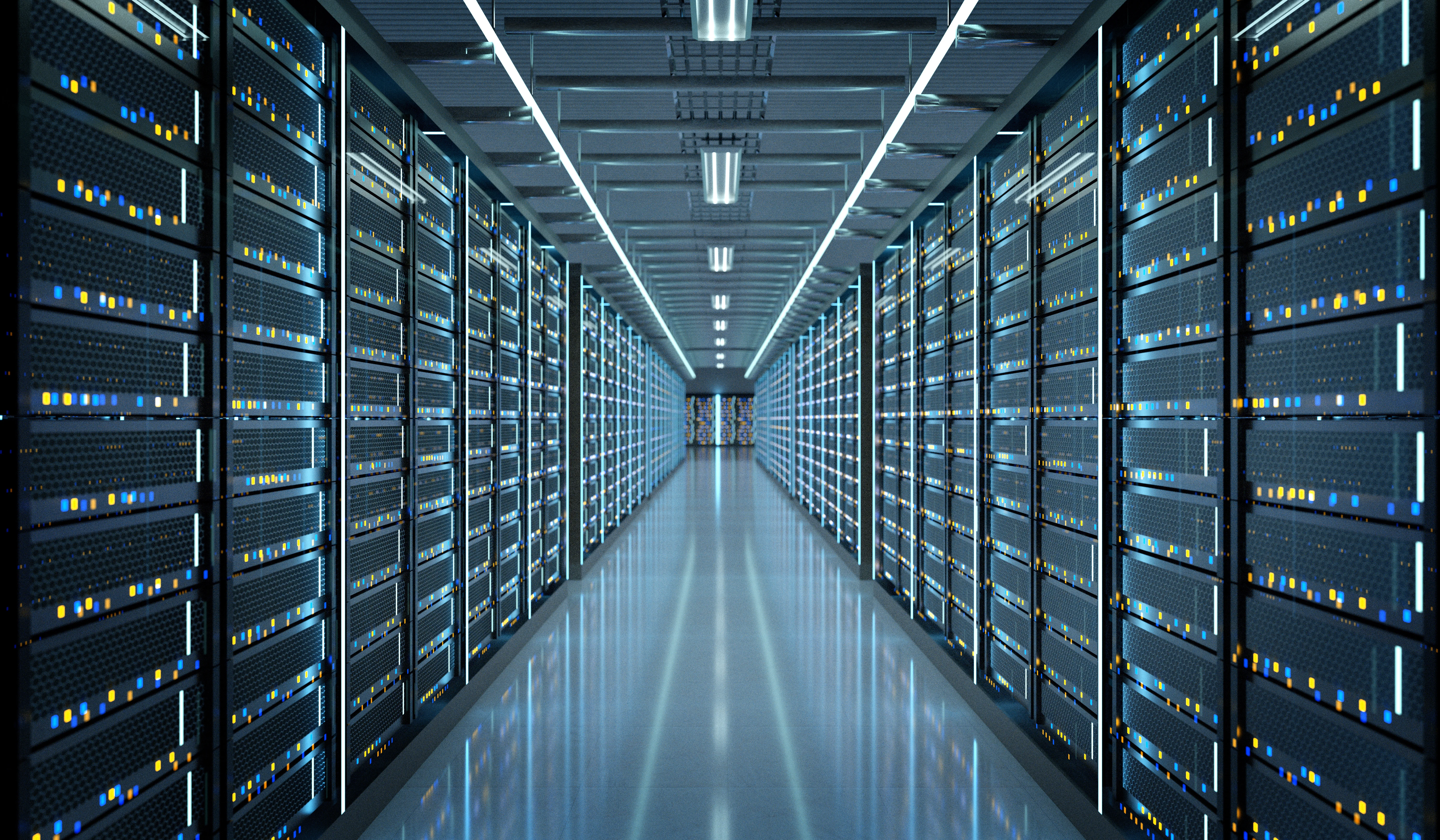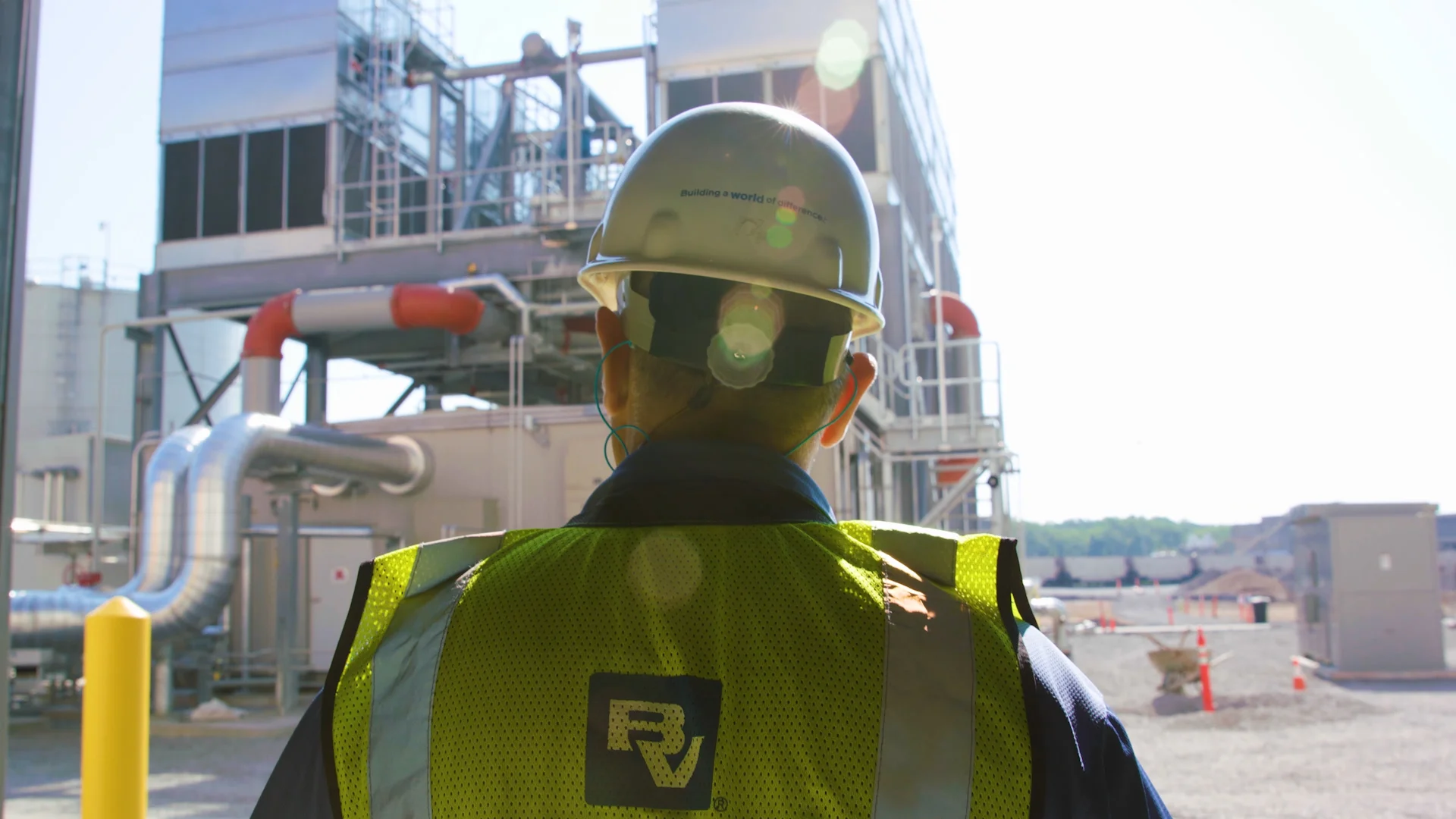Download Six Steps to Resiliency eBook
Download Six Steps to Resiliency eBook
With the increase in cloud-based AI technology, access to “always on” power is critical. In some regions, energy demands of data centers may exceed current and future grid capacities. When data centers no longer can rely solely on the traditional power grid, they must seek creative solutions. To meet the energy demands of data centers in the near and long-term, follow these six steps towards resiliency.





